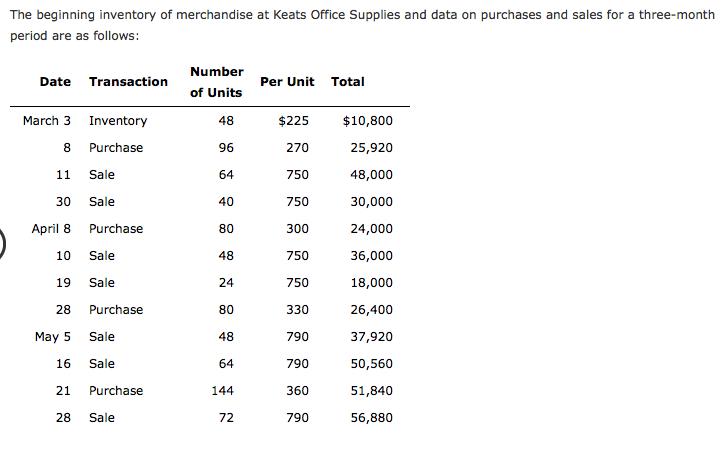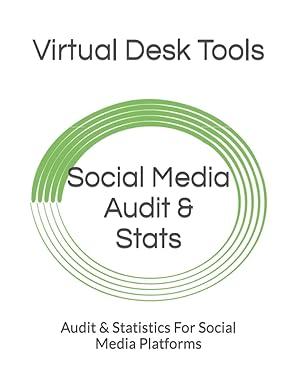Question
1. Record the inventory, purchases, and cost of merchandise sold data in a perpetual inventory record similar to the one illustrated in Exhibit 4, using

1. Record the inventory, purchases, and cost of merchandise sold data in a perpetual inventory record similar to the one illustrated in Exhibit 4, using the last-in, first-out method. Under LIFO, if units are in inventory at two different costs, enter the units with the HIGHER unit cost first in the Cost of Merchandise Sold Unit Cost column and LOWER unit cost first in the Inventory Unit Cost column.
2. Determine the total sales, the total cost of merchandise sold, and the gross profit from sales for the period.
| Total sales | $ |
| Total cost of merchandise sold | $ |
| Gross profit from sales | $ |
3. Determine the ending inventory cost as of May 31, 2016. $
The beginning inventory of merchandise at Keats Office Supplies and data on purchases and sales for a three-month period are as follows Number of Units Date Transaction Per Unit Total $225 $10,800 25,920 48,000 30,000 24,000 36,000 18,000 26,400 37,920 50,560 51,840 56,880 48 96 64 March 3 Inventory 270 750 750 300 750 750 330 790 790 360 790 8 Purchase 11 Sale 30 Sale April 8 Purchase 80 48 10 Sale 19 Sale 28 Purchase 80 48 64 144 72 May 5 Sale 16 Sale 21 Purchase 28 SaleStep by Step Solution
There are 3 Steps involved in it
Step: 1

Get Instant Access to Expert-Tailored Solutions
See step-by-step solutions with expert insights and AI powered tools for academic success
Step: 2

Step: 3

Ace Your Homework with AI
Get the answers you need in no time with our AI-driven, step-by-step assistance
Get Started


